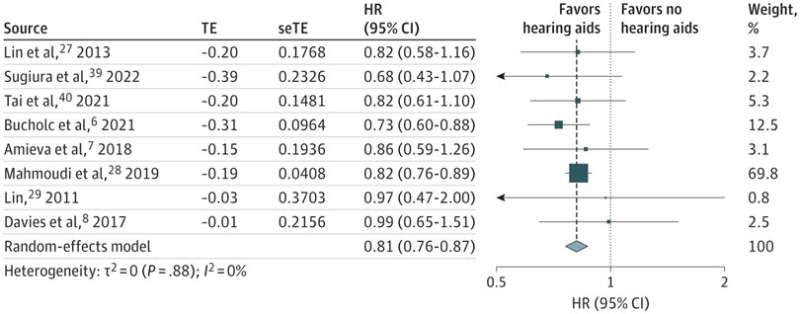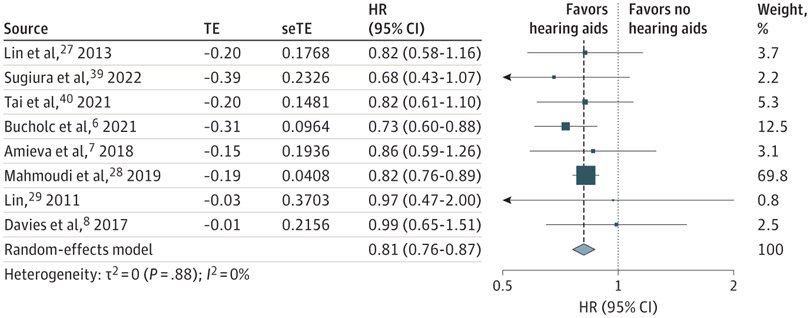
Researchers have published findings which suggest that the use of hearing aids and cochlear implants can reduce the risk of developing dementia by slowing down cognitive decline, such as memory loss.
The use of hearing aids and cochlear implants by people with hearing loss was found to reduce long-term cognitive decline by 19%. Furthermore, the use of these devices led to a 3% improvement in cognitive test scores, including an individual’s ability to problem solve.
The results were published in JAMA Neurology, using a meta-analysis (a statistical analysis that combines the results of multiple scientific studies).
Dr. Susan Mitchell, Head of Policy at Alzheimer’s Research UK, said, “There’s increasingly clear evidence that people who lose their hearing as they get older are at increased risk of developing dementia. This study provides further compelling evidence of this link, but unanswered questions remain.
“Dementia research has made great strides in recent months, but there’s a long way to go—and interventions that can reduce people’s dementia risk must be a public health priority. People must be able to access hearing tests if they are concerned about their hearing, so suitable support, like hearing aids, can be offered at an early stage, and help maintain their brain health.
“Going forward, researchers must unpick exactly how hearing loss influences the risk of developing dementia. We also need to know who is most at risk and could benefit most from interventions like hearing aids. Knowing this will help health services allocate resources and support those that need it.”
More information:
Brian Sheng Yep Yeo et al, Association of Hearing Aids and Cochlear Implants With Cognitive Decline and Dementia, JAMA Neurology (2022). DOI: 10.1001/jamaneurol.2022.4427
Journal information:
Archives of Neurology
Source: Read Full Article
